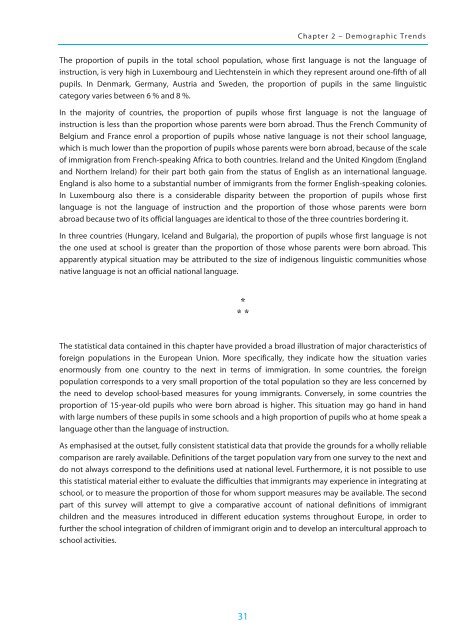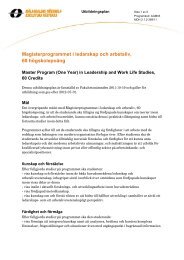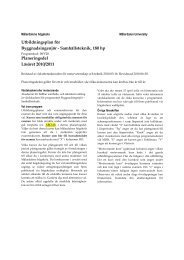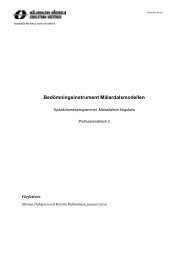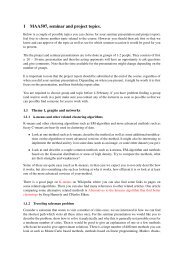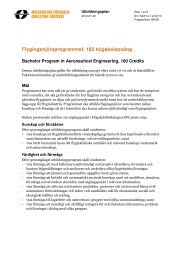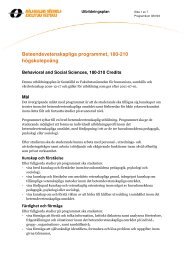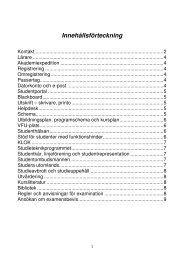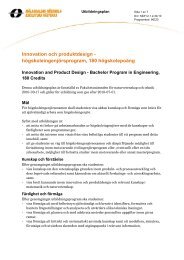Integrating Immigrant Children into Schools in Europe
Integrating Immigrant Children into Schools in Europe
Integrating Immigrant Children into Schools in Europe
Create successful ePaper yourself
Turn your PDF publications into a flip-book with our unique Google optimized e-Paper software.
Chapter 2 – Demographic TrendsThe proportion of pupils <strong>in</strong> the total school population, whose first language is not the language of<strong>in</strong>struction, is very high <strong>in</strong> Luxembourg and Liechtenste<strong>in</strong> <strong>in</strong> which they represent around one-fifth of allpupils. In Denmark, Germany, Austria and Sweden, the proportion of pupils <strong>in</strong> the same l<strong>in</strong>guisticcategory varies between 6 % and 8 %.In the majority of countries, the proportion of pupils whose first language is not the language of<strong>in</strong>struction is less than the proportion whose parents were born abroad. Thus the French Community ofBelgium and France enrol a proportion of pupils whose native language is not their school language,which is much lower than the proportion of pupils whose parents were born abroad, because of the scaleof immigration from French-speak<strong>in</strong>g Africa to both countries. Ireland and the United K<strong>in</strong>gdom (Englandand Northern Ireland) for their part both ga<strong>in</strong> from the status of English as an <strong>in</strong>ternational language.England is also home to a substantial number of immigrants from the former English-speak<strong>in</strong>g colonies.In Luxembourg also there is a considerable disparity between the proportion of pupils whose firstlanguage is not the language of <strong>in</strong>struction and the proportion of those whose parents were bornabroad because two of its official languages are identical to those of the three countries border<strong>in</strong>g it.In three countries (Hungary, Iceland and Bulgaria), the proportion of pupils whose first language is notthe one used at school is greater than the proportion of those whose parents were born abroad. Thisapparently atypical situation may be attributed to the size of <strong>in</strong>digenous l<strong>in</strong>guistic communities whosenative language is not an official national language.** *The statistical data conta<strong>in</strong>ed <strong>in</strong> this chapter have provided a broad illustration of major characteristics offoreign populations <strong>in</strong> the <strong>Europe</strong>an Union. More specifically, they <strong>in</strong>dicate how the situation variesenormously from one country to the next <strong>in</strong> terms of immigration. In some countries, the foreignpopulation corresponds to a very small proportion of the total population so they are less concerned bythe need to develop school-based measures for young immigrants. Conversely, <strong>in</strong> some countries theproportion of 15-year-old pupils who were born abroad is higher. This situation may go hand <strong>in</strong> handwith large numbers of these pupils <strong>in</strong> some schools and a high proportion of pupils who at home speak alanguage other than the language of <strong>in</strong>struction.As emphasised at the outset, fully consistent statistical data that provide the grounds for a wholly reliablecomparison are rarely available. Def<strong>in</strong>itions of the target population vary from one survey to the next anddo not always correspond to the def<strong>in</strong>itions used at national level. Furthermore, it is not possible to usethis statistical material either to evaluate the difficulties that immigrants may experience <strong>in</strong> <strong>in</strong>tegrat<strong>in</strong>g atschool, or to measure the proportion of those for whom support measures may be available. The secondpart of this survey will attempt to give a comparative account of national def<strong>in</strong>itions of immigrantchildren and the measures <strong>in</strong>troduced <strong>in</strong> different education systems throughout <strong>Europe</strong>, <strong>in</strong> order tofurther the school <strong>in</strong>tegration of children of immigrant orig<strong>in</strong> and to develop an <strong>in</strong>tercultural approach toschool activities.31


